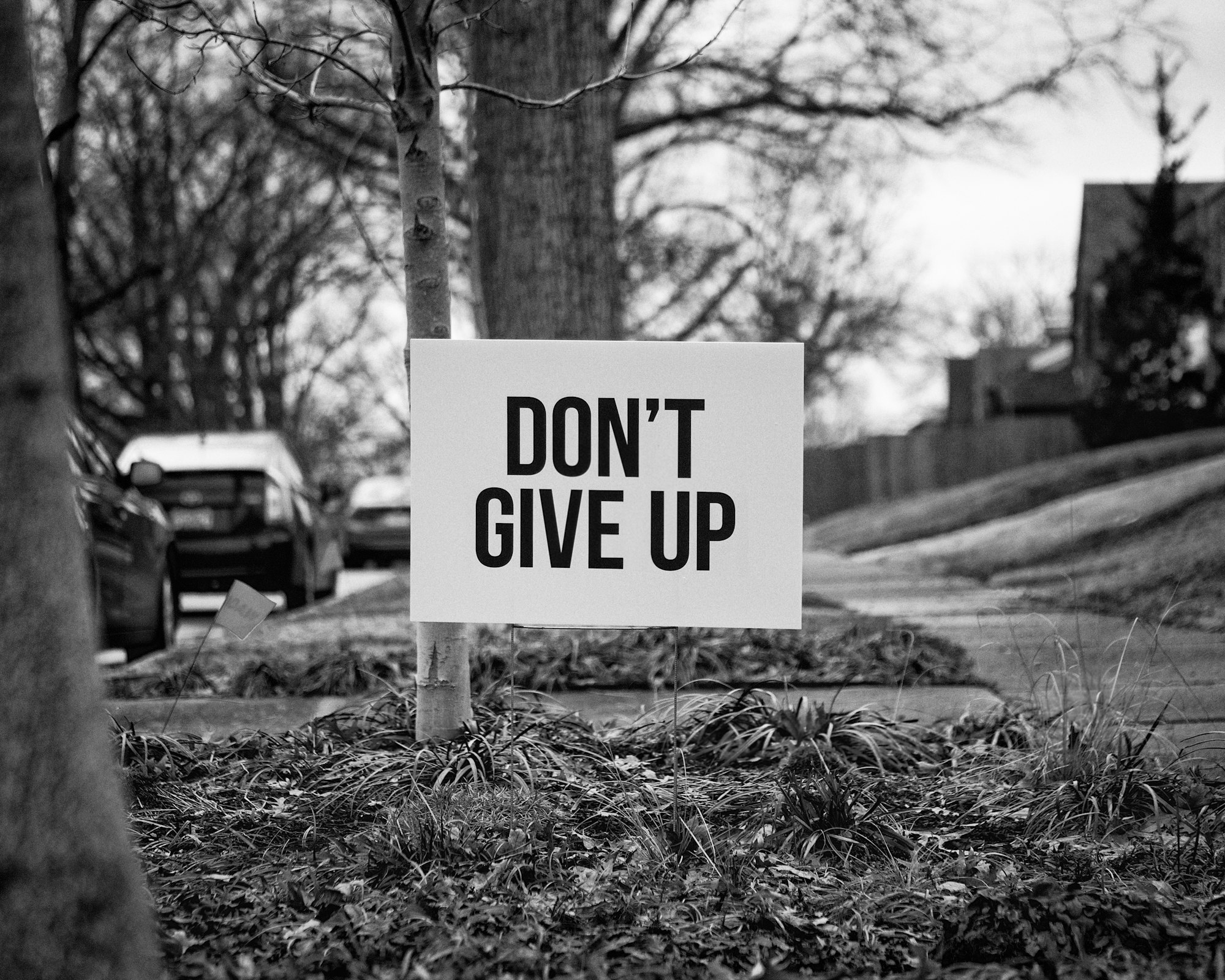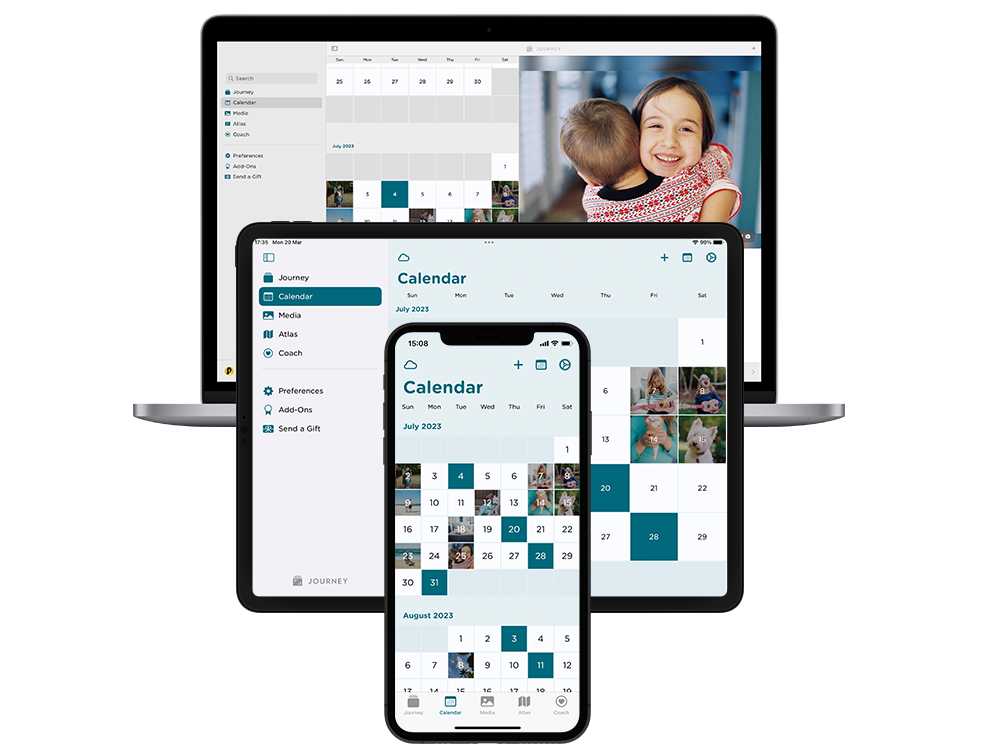Is your life a series of undone tasks and intentions? Or do you happen to be the type of person who has a ton of ideas but rarely follows through on them? How many unfinished projects do you have in your mental scrapyard? Think of all the projects that fall in this timeline; During Week 1, you're inspired and you make progress. Week 2, you get busy and you can't find time to work on your project. And in Week 3, inspiration fades you lose interest and abandon the project. During the beginning of a project, you have a surge of inspiration that allows you to focus, take action, resist distraction, and persist. But it starts to dwindle as the weeks go by. Why do we drop many projects after a few weeks?

Having the ability to follow through and complete projects you initiate is immensely valuable. It requires a set of qualities that empower you to create the life you desire, free from compromising, procrastination, or any sort of unnecessary delays.
Read on to gain a deeper understanding of your brain and instincts to effectively combat distractions and laziness, and remained focused to prioritize what truly matters.
What is "Finish What You Start" by Peter Hollins about?
In his book, Finish What You Start: The Art of Following Through, Taking Action, Executing, & Self-Discipline, Peter Hollins take us on a unique deep dive into the psychology and science of accomplishment, productivity, and getting things done. By referencing some scenarios and examples, he takes a thorough look at why we are sometimes stuck, and gives detailed, step by step solutions that you can start using today to combat the obstacles that come in the way of us following through with plans.
4 Reasons Why we Don't Finish What We Start
1. Setting Bad or Unrealistic Goals
Setting bad goals refers to the tendency of individuals to establish objectives that are unrealistic or overly ambitious, often driven by emotions rather than a realistic assessment of their capabilities. In the heat of the moment, these goals may seem enticing and motivating, but once the initial excitement fades away, the enormity of the goals becomes apparent. This overwhelming feeling can lead to a sense of paralysis, making it challenging to take action and make progress towards those goals. It is important to set goals that are challenging yet attainable, allowing for steady progress and a greater likelihood of success.
2. Productive Procrastination
Productive procrastination occurs when individuals engage in activities that seem productive and necessary for a task or project, but in reality, they are avoiding the primary task at hand. Instead of diving into the actual work, people may spend excessive time on preparation, organization, or research, mistakenly believing that they are making progress. However, this form of procrastination can deceive individuals into feeling productive while actually delaying the essential work that needs to be done. It is crucial to recognize this tendency and prioritize taking action over endless preparation.

3. Temptations and Distractions
In our daily lives, we are inevitably surrounded by temptations and distractions that can divert our attention and hinder our progress. These can range from social media and entertainment to personal commitments and obligations. While it may be impossible to completely eliminate all temptations and distractions, we can adopt strategies to manage them effectively. By consciously and strategically avoiding excessive exposure to distractions, setting boundaries, and practicing moderation, we can regain control of our focus and allocate our time and energy to meaningful tasks. This deliberate approach allows us to minimize the impact of temptations and distractions on our productivity.
4. Fear of Judgment, Rejection, and Failure:
The fear of judgment, rejection, and failure can be paralyzing, preventing individuals from taking action and producing output that may be subject to evaluation or criticism. This fear often stems from a desire for perfection or a concern about how others perceive our efforts. Perfectionism can also be understood as insecurity in disguise, because by raising your standards to an impossible level, you have a valid excuse to stop trying and avoid your work from being judged, criticized or rejected. As a result, we may abstain from taking necessary steps, leading to a lack of progress or the avoidance of potential opportunities. Overcoming this fear requires recognizing that making mistakes and facing setbacks are integral parts of the learning process.
Instead, embracing the possibility of judgment, rejection, and failure allows us to grow, improve, and ultimately achieve success by taking action despite our apprehensions.
How to Follow Through and Finish What You Start
1. Understand what following through requires.
Following through is a skill that allows you to create the life you truly desire rather than settling for the one you now have. Peter has divided following through into four perspectives as 4 "follow-through muscles". These include:
1. Focus - Hollins emphasizes that focus plays a vital role in directing your efforts towards accomplishing your goals and helps you devise effective strategies to attain them. By maintaining a concentrated and attentive mindset, you can align your actions and thoughts in a way that propels you closer to your desired outcomes.
2. Self-Discipline - Self-discipline, according to Hollins, is the key to staying committed and engaged in your work, even when you may not feel motivated to do so. It involves the ability to exert control over yourself, enabling you to remain focused and dedicated, regardless of any internal or external distractions that may arise.
3. Action - The author underscores the significance of taking action and placing a high priority on the actual execution of tasks. Rather than solely planning or contemplating, it is essential to actively engage in the necessary steps, emphasizing the importance of initiating movement and progress.
4. Persistence - Persistence, as described by the author, entails a resolute and unwavering dedication to a particular endeavor, even when faced with obstacles or distractions that may attempt to divert your attention. It involves tenaciously clinging to your objectives over an extended period, demonstrating a firm resolve and a refusal to be swayed or deterred from your path.

2. Stick Closely to your External and Internal Motivators
External motivators are accountable partners, groups, putting money down, and self-bribery. Accountability is the key factor in following through. Internal motivators are we want as opposed to avoiding a negative consequence or punishment. You can understand your internal motivators by asking yourself questions like:
- What are you getting out of this?
- How will your life change or benefit from this?
- How will your family benefit?
- What impact will you have on others through this?
- What positive emotions will you get?
- How will your action lead you to your long and short-term goals?
To hold your motivations close, you also need to understand opportunity cost. Finishing what you start will always require "sacrifice", such as giving up time, spending money, or increasing effort that could be spent on activities you enjoy. Everything in life is an opportunity cost, which means that whatever you choose to achieve in life requires some effort from you.
However, you need to keep in mind that both external and internal motivators are effective in increasing productivity and dedication, but they are also ineffective if they are out of sight and out of mind.
3. Develop a Follow-Through Mindset
"You only learn certain things if you see them through till the end. If you don't follow through, then you don't learn all that you have to do and you don't learn anything about yourself except that you're lazy, afraid, or a failure." - Peter Hollins
In the end, if you want to finish what you start, adopt a "finishing = learning" mindset to stop your ego from putting up the psychological roadblock of perfectionism. When you finish a project, you get the opportunity to evaluate your work, make adjustments, and develop smarter methods. A finished project that does not meet your expectations is infinitely better and more valuable than a product you don't finish.
You can finish a terrible website, and people end up thinking that it is not polished enough. But that terrible website is a great stepping-stone to the next one that you will finish. Because you pushed yourself to finish the website, you learn HTML code, you better understand how to code website, and you learn what exactly it is that you actually like about coding, which will ultimately lead to the next one being better.
With the "finishing = learning" mindset, you can keep perfectionism at bay and focus on strengthening your follow through muscles; that allow you to focus, take action, resist distraction and persist.
4. Create a "Finishing Manifesto"
A manifesto is a simple set of rules that you follow no matter what. When you have a "Finishing Manifesto", you don't have to consciously think about what to do when it comes to working on a new project. Regardless of how you feel, you follow the manifesto. This "Finishing Manifesto" is personal to you, and it can contain 1 rule or 10 rules.
To create a "Finishing Manifesto":
1. Evaluate yourself. - Before completely giving up, think carefully about whether it is fear or laziness that is holding you back from taking actions.
2. Differentiate urgent and essential tasks. - Consider the difference between essential and urgent tasks. Put important tasks on the top three list, rather than urgent, because urgent tasks are rarely significant.
3. Create limitations and requirements. Limitations are restrictions on temptations while requirements are things one must do daily. Each individual is encouraged to have a limit of five requirements and limitations. Make a list of your limitations and requirements with clear statement on what you cannot and must do.
4. Re-affirm your intentions. This rule allows you to give thought to your intentions as to why you need to follow through with "Implementation Intention" statements. This also tries to eliminate the feeling of wanting to quit by asking you to create these statements that begin with the following:
- "I want..." - This is ultimately what you want to finish. When you state this, you connect your lead actions to a meaningful goal in the future. State your end goal, and you can also include how you will benefit from it.
- "I will..." - This is where you will list a small action you're willing to take now. The smaller, the better. Don't understand the power of small actions to get started and build momentum. Inertia is procrastination's most potent weapon. But small actions can disarm this weapon. What action will take to reach your end goal?
- "I won't..." - This is what you will avoid doing during your time-block of completing a task, to make sure you stay on task. This is where you identify your most common form of procrastination. State what you shouldn't do because it will impede your progress towards your end goal.
For example, if you have a course to finish for work or school, these statements can look like:
- "I want to experience the satisfaction of finishing my course well."
- "I will brainstorm ideas and outline the next module in this course for two minutes to be more efficient while revising."
- "I won't check my email or phone for the next hour."
5. "10-10-10" - For every temptation that you come across and are about to take an action for, stop and think in an interval of 10-10-10; 10 minutes, 10 hours, and 10 days. This forces you to think of his future self and see the effect of your actions. You can answer questions like:
- How will your future-self feel in 10 minutes, or 10 hours, or 10 days if your present-self does not follow through and gets distracted?
- What impacts will this have on future-you and what pain will it cause?
6. Wait for 10 minutes. - Whenever you feel like you are losing the focus of following through, wait for 10 minutes before giving up. This leaves no room for debate or excuses, and allows you to re-calibrate.

5. Work in a no distraction zone
To enhance your focus and productivity, it is crucial to minimize distractions in your environment. By reducing the number of temptations and diversions within your vicinity, you can effectively eliminate the potential triggers that might hinder your progress. An effective strategy is to keep engaging or attention-grabbing items away from your workspace, ensuring they are out of sight and out of mind. This way, you can preserve your willpower and maintain a laser-like focus on the task at hand.
Another technique suggested is to establish default actions that align with your goals and aspirations. By identifying the paths of least resistance that lead to productivity, you can make it easier for yourself to follow through and stay on track. This involves consciously designing your environment and routines in a way that encourages and supports your desired actions. By curating a workspace that promotes productivity and constructing habits that naturally steer you towards your objectives, you create a favorable context that increases the likelihood of taking consistent and purposeful steps forward.

6. Develop a daily system for success
Systems can be a collection of small daily actions. They don't have to be big actions, or very complicated. Goals differ from systems in that goals are one-time accomplishments, but systems allow you to be consistent and work towards long-term success.
To develop your own system of success:
- Keep track of everything, big and small, on a scoreboard or in a journal. This keeps you driven to continue growing and progressing.
- Understand how long tasks will take in reality and account for your own time needs and common difficulties to better manage your time.
- Reduce transaction costs by making undesired actions inconvenient and difficult to manage while making desirable behaviors straightforward and relatively easy to perform.
- Before you begin, gather all of the information and supplies you'll need all at once. This allows you to work uninterrupted.

If you're looking for a place that you can do all of this planning, you can consider downloading a digital journaling app like Journey. Journey as all the tools that you would require to take you through these few steps of developing your own system of success. With templates like the Habit Tracker to keep track of your daily habits, the Daily Planner to help you time-block and understand how much time you need to complete tasks, a well-equipped editor that you can add task lists, tables, bullet points, and numbered lists to help you plan your time, and being able to access your journal from anywhere and anytime with Cloud Sync, planning and following through can be made less pressurizing.

Having the capacity and potential to see projects through till the end or completion holds tremendous significance. It gives you a range of qualities that empower you to shape the life you envision, without having to make unnecessary compromises, procrastinate, or give in to needless delays.
This ability enables you to manifest your aspirations with determination, ensuring that your actions align with your goals and propel you towards your own desired outcomes. By developing your follow-through muscles, being in line with your motivations and intentions, and embodying the qualities that allow you to finish what you have on hand, you cultivate a sense of purpose and drive that fosters progress, enabling you to overcome obstacles and navigate anything in front of you to achieve your aspirations.

